- Home >
- Japanese Scenery >
- Fall in Uji, at Mimuroto-ji temple >
Fall in Uji, at Mimuroto-ji temple
Mimuroto-ji temple, known as a place to view changing autumn leaves, is also a great spot to see the flowers of the four seasons in Kyoto Prefecture.
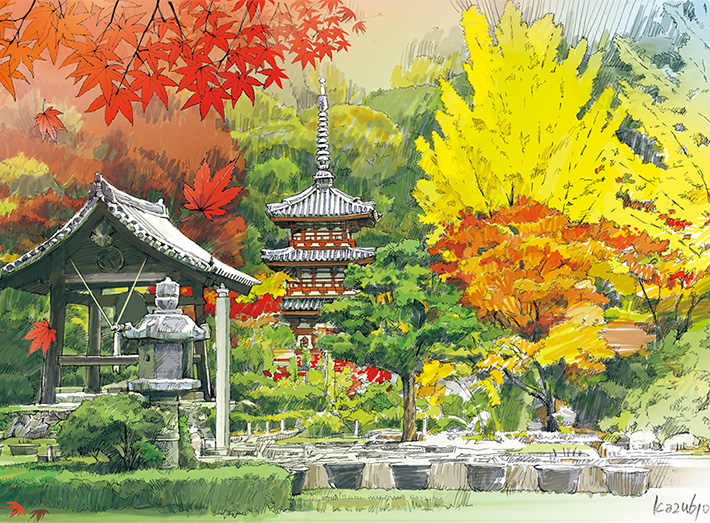
Some 1,200 years ago (Hoki Period of 770-781), by decree of Emperor Konin, this temple was built to house as its principle image a thousand-armed statue of Avalokiteśvara that had appeared in the waters of the Iwabuchi area. This place is also known as the Temple of Flowers due to the blossoms that grow throughout the four seasons in the temple’s 5,000-tsubo gardens. Over the period of late April through mid-May, the Azalea Garden comes alive with some 2,000 blossoms of different varieties of azalea, making it a leading garden of its kind in the Kansai region. Another name for this temple is the “Hydrangea Temple,” so called for the 10,000 blossoms of 50 different types of hydrangea that bloom here in June. The lotus garden in front of the Main Hall is ablaze over the period of late June through mid- August with 100 varieties of lotuses of all different colors in some 250 pots. With its myriad .of lotuses reminding devotees of the Buddhist Pure Lands, the temple is also called the “Temple of the Lotuses.” When the season of the changing leaves begins in November, Mimuroto-ji temple--one of the famous autumn-leaf viewing spots--is known as the "temple of the changing leaves."
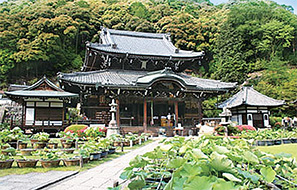
The main hall, constructed approximately
180 years ago

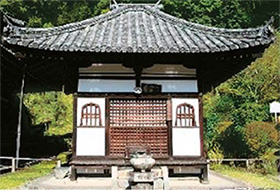
The Amitabha Hall (Edo Period,
prefectural cultural asset)
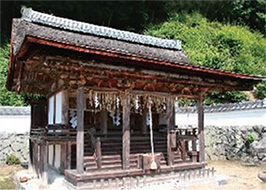
Ju-hachi jinja shrine main hall
(Muromachi Period, important cultural asset)
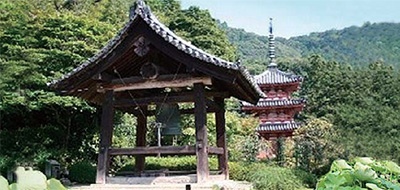
Bell tower and three-story pagoda
(Edo Period, prefectural cultural asset)






